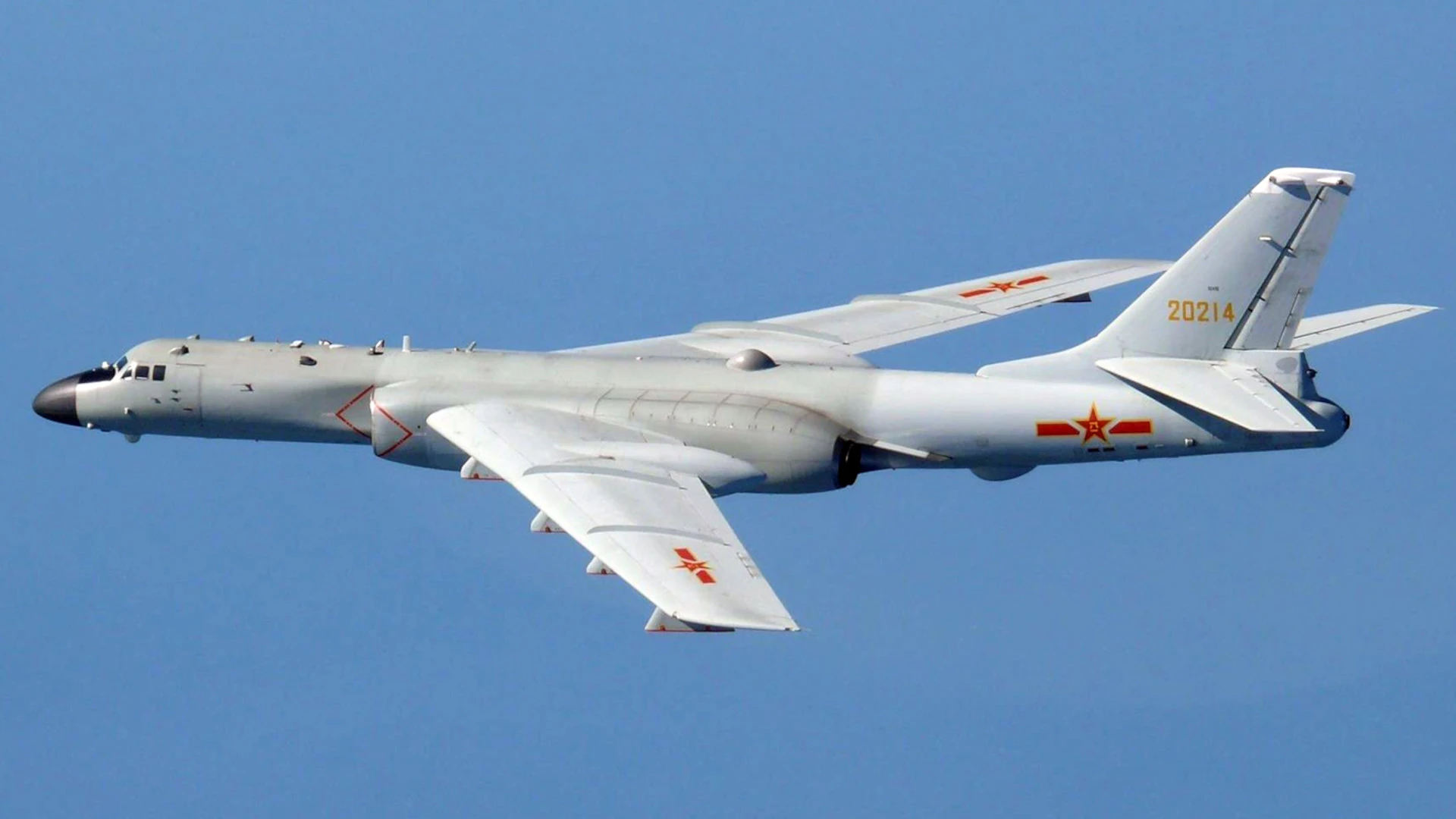I would, at this juncture, point out the slightly surreal fact that it is 2024 and:
-
The primary American strategic bomber is the B-52. The basic aircraft first flew in 1952.
-
The primary Chinese strategic bomber is the H-6. While the H-6 itself is newer, this is the Chinese version of the Soviet Tu-16, which started being manufactured in 1952.
-
The primary Russian strategic bomber, two of which were flying along with this H-6, is the Tu-95, which started being manufactured in 1952.
If it ain’t broke.
And there are significant technology differences. The new upgrade will be the B-52J or K.
Proper aircraft maintenance cycles are intense, so it would surprise me if any of airframes we use now have 1952 original parts. Aircraft are subject to lots of vibration and the aluminum in B-52s will eventually stress-crack because of it. (It wouldn’t surprise me if composites were added in many places instead of aluminum replacements, but that is just speculation.)
Also during those maintenance cycles, it’s much easier to do systems upgrades since the aircraft is basically torn down to its frame anyway.
It’s the same design to what we had in 1952, but they ain’t the same aircraft, philosophically speaking.
I wouldn’t be surprised if the number of 1952 original parts in service is nonzero. They might be new old stock, or cannibalized from one that was retired decades ago, or even stolen off a museum piece, but I’d bet money on it.
Bomber of Theseus
I suppose you are correct. If the bit isn’t structural, it doesn’t need to pass any test for microcracks. If it is structural and it passes testing, YOLO that shit.
It’s just the core frames that need serious attention though. I don’t think I have been around a single aircraft that wasn’t constantly bleeding some kind of fluid, so everything else not related to getting the thing in the air and keeping it from completely disintegrating while in flight is mostly optional. (I am joking, but not really. Airplanes hold the weird dichotomy of being strangely robust and extremely fragile at the same time.)
The US is the only NATO ally to maintain a bomber fleet. The role of the modern bomber is to deliver guided munitions and an air-launched nuclear deterrent.
Due to many deployments and the cost of repair and maintenance, the B-1 has been retired. There are roughly 20 B-2 Spirit’s in the fleet capable of delivering guided munitions. The B-52 Stratofortress can deliver guided munitions and is a platform for the Air-Launched Cruise Missile nuclear deterrent, to be replaced by the LRSO system in a few years. The B-21 Raider is expected to enter service around 2027 but much of capability and intent is classified.
While the last B-52 was manufactured in 1962 and the existing 72 airframes are expected to serve as at least the air-launched nuclear deterrent (LRSO) platform of the bomber fleet into perhaps the 2050’s, everything important has been redesigned and replaced: engines, nacelles, fire and launch control, and fuel system. It’s as if one gutted and remodeled a house, including replacing the exterior, some parts several times. The latest variant focuses on new engines, expected in a few years.
TL;DR Colonizers gonna’ colonize. And, knowing is half the battle. G.I. Jooooooe!
That we know of…
If it ain’t broke …
-
War. War never changes.
Mods maybe? 🤔





